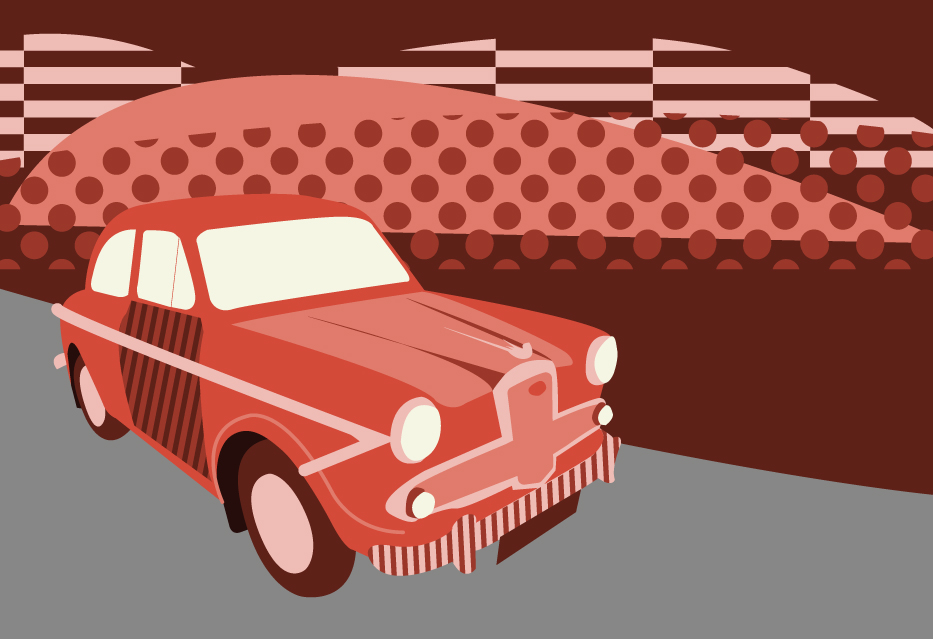With its swooping curves and outstanding road-holding and ruggedness, the Saab 96 was the car that made the Swedish manufacturer’s reputation.
Not only did the 96 ride like a limo of the time, but it astonished the rallying world when, propelled by an 841cc engine, it triumphed over Porsches and Mercedes in the RAC and Monte Carlo rallies in the early 60s.
We look back at the car that, by rights, should be right up there with the Beetle, Mini and 2CV in the pantheon of European cult classics.
Most saloon cars of the 60s paid little heed to aerodynamics, but thanks to its background producing aircraft to protect Swedish neutrality as war loomed in Europe, Saabs were different.
The original Saab 92, produced in 1949 as the company looked to diversify after the war, looked like something from another time with its smooth curves producing a drag coefficient of just 0.30 (an E-Type was 0.44).
Evolution followed via the 93 in 1955 before the 96 was introduced in 1960. And it was this car, with nearly 550,000 rolling of the production lines over a 20-year lifetime, that cemented Saab as a car-maker of repute across the globe.
Of those half a million cars, just 308 survive on British roads, making the 96 a rare sight indeed. Despite that, a restored car can be bought for well under £10,000, and a usable example a lot less than that, making the 96 a bargain buy for anyone looking to stand out in a ground-breaking piece of automotive art.
Unlike most cars of the time, the 96 initially featured a two-stroke engine, longitudinally mounted, which meant mixing oil and petrol, and produced a whole lot of smoke while warming up.
The styling still looked ultra-modern, despite bearing many similarities to its 1949 predecessor, but it was the tenacious road-holding combined with its slippery shape that really marked the 96 out from its often somewhat staid opposition.
Independent suspension helped, and the 841cc engine was powerful enough to propel the car to 80mph in super-smooth fashion.
Road and Track magazine, which tested the 96 in January 1961, praised the Saab’s “delightfully positive” steering and its ride as “one of the finest in its class”.
“The Saab will move along at 70mph with limousine-like silence and smoothness,” it said. “The Saab is lively enough for all normal driving, and its engine is extremely smooth and quiet at all speeds.”
The car’s 0-60mph time of 24.5 seconds is glacial by modern standards, but the testers said: “Although the Saab, in standard form at least, is something less than a ball of fire in the acceleration department, it will leave a Volkswagen behind with more ease than ever before and its hill-climbing abilities are noticeably improved.”
It was the car’s rally record that really caught the public’s imagination, and saw Sport and then Monte Carlo models introduced, boosting output from 40bhp to 57bhp.
Swedish driver Erik Carlsson was the man behind the wheel for the 96’s most famous rally wins, taking victory in three RAC Rallies from 1960 to 1962 and the Monte Carlo rallies of 1962 and 1963.
Like our illustration of the Saab 96 at the beginning of the article?
Download a free high-quality poster version here.
This established the 96’s reputation for toughness, reliability and superb road-holding, not to mention impeccable build quality no doubt inherited from its past as an aircraft maker, and, of course, safety (Saabs were the first cars in the world to be fitted with seatbelts as standard).
In 1967, the quirky two-stroke engine was replaced by the 1498cc Ford Taunus V4 unit, increasing power to 65bhp. The operation was shrouded in secrecy, with only seven people at Saab – not including boss Tryggve Holm – knowing of the engine switch just five months before production began.
Adrian Flux Classic Car Insurance
Other changes included front disc brakes, and the cars featured a four-speed column gearchange and a freewheel system that allowed drivers to coast down hills without using the clutch.
Performance was still far from swift by modern standards, but the new engine saw the 0-60 time slashed to 16 seconds.
After that, not a lot changed with the 96, apart from a new dashboard in 1971 and bigger bumpers in 1975 before it was finally phased out in 1980. Production had run alongside the 99 from 1968 to 1980 as the popularity of the 96 prolonged its life in much the same way other cult cars had before it like the Mini, 2CV and Fiat 500.

The fact it was in production just four years earlier than the more angular and modern Saab 90 shows how it bridged the design changes of the 1970s without missing a beat.
Throughout its production run it was the car’s idiosyncratic design that made it stand out from the opposition, and its stylish tapering body is still enough to turn more heads than many a modern sportscar today.
Read more about the Saab 96 over on Influx magazine.
Insurance from Adrian Flux
Get competitive classic car insurance for all types of classic Saab with Adrian Flux.
Features can include:
- Agreed value
- Limited mileage discounts
- Owners club discount
- Laid up cover
- Wedding hire cover









